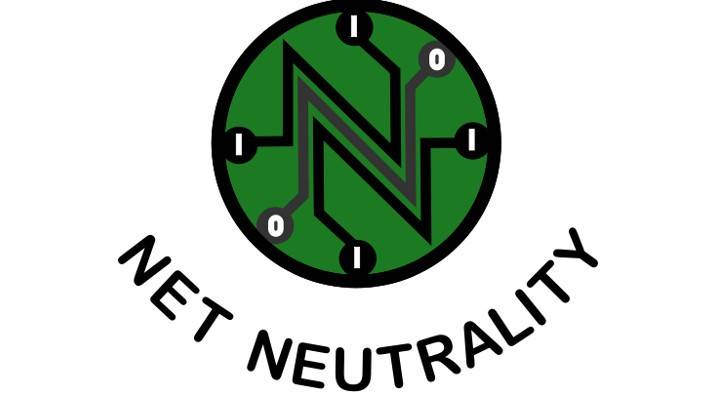
Network neutrality has come back to the boil in 2014 following US carrier Verizon’s famous Federal court victory in January over the regulator FCC (Federal Communications Commission), allowing it to differentiate between services delivered to its broadband customers. This was followed in April by the European Union approving strict network neutrality with the message it would take a much tougher stance than the FCC in upholding the rules. Naturally this was widely interpreted as setting Europe apart from the US, but the reality is that both are taking a more nuanced approach than in the past. Even the EU proposals allow for provision of specialized services, providing they do not intrude into network capacity set aside for the general Internet. The tones may be different but the broader implication both in the US and Europe is that network neutrality can never be fully attained through legislation, any more than true equality of wealth can be achieved via measures such as progressive taxation – both are aspirations or focal points.
For mobile operators the aspiration of network neutrality has assumed a logistical and economic dimension with the great proliferation of data hitting their infrastructures. Many have opposed strict net neutrality for the simple reason that their core and backhaul networks have limited capacity and would be unable to cope without traffic engineering and the ability to differentiate between different service or application types.
But now Wi-Fi offload has entered to change the game, giving operators an option for relieving their overstretched backhaul networks and for that matter their radio access capacity as well, by taking advantage of broadband infrastructures. It was at the Mobile World Congress in 2013 that offload first seemed to have risen right up the agenda for mobile operators. Generally, particularly before deployment of 4G/LTE, broadband networks had greater capacity and crucially lower costs than the fixed backhaul networks serving radio base stations. For this reason those major Telcos with their own network of hot spots have been leading the march towards Wi-Fi offload. In the US AT&T has built large Wi-Fi hot zones in mostly urban areas with high levels of cellular traffic, specifically for offload to help relieve congestion on its core mobile network.
The implications of such offloading for network neutrality have not attracted much attention, but are likely to be profound nonetheless. The fundamental point is that by freeing up capacity on the mobile network, offloading can help mobile operators meet their net neutrality obligations as laid down by regulators in the region concerned, while still having scope to offer specialized services. An operator could say offer an OTT video service such as Netflix with guaranteed QoS over the cellular network, resorting to Wi-Fi offload for third party OTT services such as YouTube. Alternatively Wi-Fi could be used for specialized services, especially by operators like AT&T that have their own overlapping hot spots and cellular networks on a large scale.
We are already seeing this happen, with Sprint in the US now offering calling and messaging over Wi-Fi when within range of suitable hot spots. Sprint incidentally was one of the first major carriers in the world to make serious use of Wi-Fi offloading for data.
We are going to see plenty more such offerings over the coming years. It will be interesting to see the extent to which operators will align Wi-Fi and cellular within heterogeneous service offerings effectively to escape the shackles of net neutrality while obeying the basic rules as stipulated by regulators.

You must log in to post a comment.